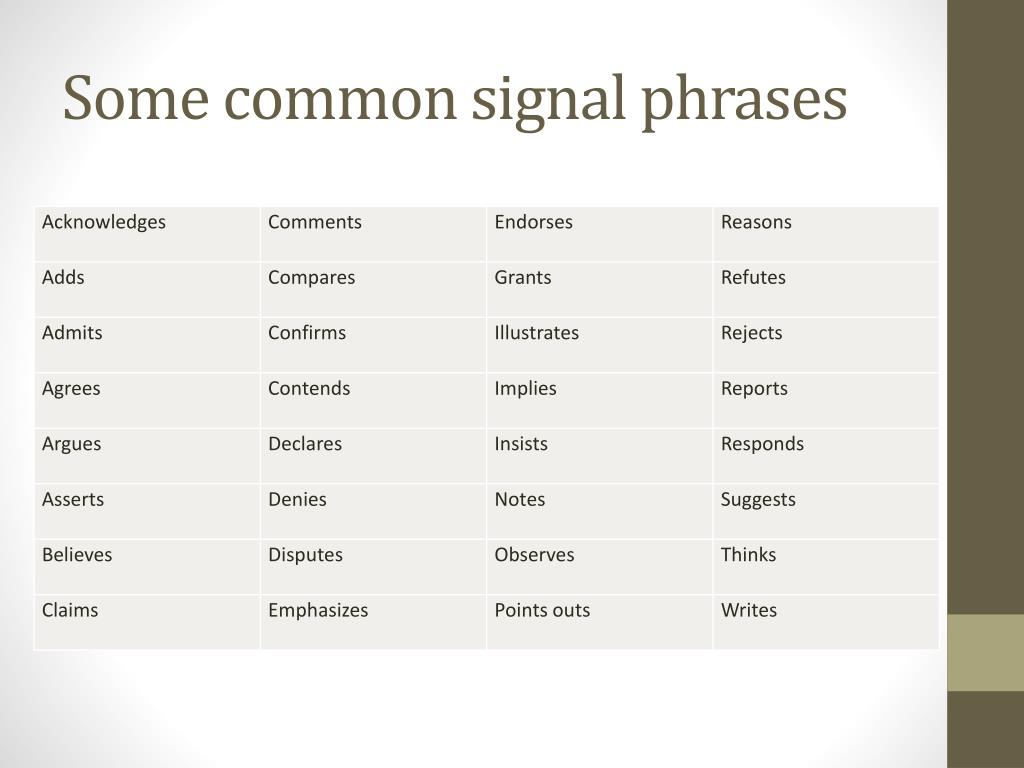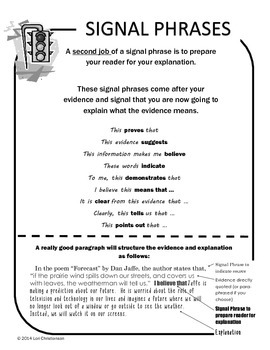

Note that if a quote falls in the middle of a sentence, the page where you found it comes immediately after it. Note that when you quote from a source, your paper will flow better if you integrate the quote into a sentence. When an author's name is not included in the text of your paper, a complete parenthetical citation is necessary. PARENTHETICAL CITATIONSįormat: "Quote" or paraphrase (author, year, page). In her work Pride and Prejudice, Austen (1995) makes the famous observation that "it is a truth universally acknowledged, that a single man in possession of a good fortune must be in want of a wife" (p. 3).ĭuhigg (2012) argues that we can change our habits, but because they are deeply ingrained into the brain, it can be a struggle to do so (p. Note that if you are quoting a source, in-text citation always comes after the closing quotation mark. Signal phrase with author name (year published), "quote" or paraphrase (page number). If your paper relies heavily on the work of one or more sources, a signal phrase introducing the source is recommended. SIGNAL PHRASEĪ signal phraselets your reader know that you are paraphrasing or quoting an idea from someone else's work. Typically, your writing will use either a signal phrase or a parenthetical citation to indicate your source. Depending on your sentence construction, these could appear separately or together. Once again, the use of an explanatory parenthetical with either " Cf." or " Compare" is strongly encouraged.APA in-text citations usually consist of three parts: author, year published, and page or paragraph number. When using "Compare" as a signal, " Compare," " with," and the conjunction " and" should all be italicised and both " with" and " and" should be preceded by a comma: Stated another way, "Cf." is used when a comparison between the textual assertion and the cited source would support the proposition by analogy, while "Compare" is used when the comparison between two or more sources will tend to support or illustrate the proposition. Second, "Compare" "must be used in conjunction with ' with'" and used to offer a comparison between two or more cited authorities while "Cf." may be used to compare a single authority with the textual proposition. This distinction is important when determining the order of signals and authorities, explained below. " Cf." is the abbreviation of the Latin word "confer," literally meaning "compare," but proper use of the two signals does vary in several key ways.įirst, " Cf." is classified as as signal indicating support (in rule 1.2(a)) rather than one of comparison. Two introductory signals may be used to suggest a useful comparison: " Cf. Law Review Typeface For Comparison Signals: Italics

Again, an explanatory parenthetical explaining the relevance of the material is strongly encouraged. NOTE: It is not appropriate to use See also for general background-reading materials in that case, the signal " See generally" should be used (rule 1.2(d)). An explanatory parenthetical stating the relevance of the additional material is strongly encouraged. "See also" is used to cite to additional materials and authority that supports a proposition but when other authority has already been cited to using either See or. Although not a catch-all signal, it is often inappropriately used as such. It is used when the cited authority clearly supports a proposition but there is an inferential step between the proposition as stated and the cited authority. See is probably the most frequently used (and abused) introductory signal. NOTE: " E.g." can be combined with other signals, such as " See." When communed with another signal, the other signal should be given first, separated by an italicized comma but ending with a non-italicized comma: " E.g.," is the abbreviation for the Latin phrase "exempli gratia," and can loosely be translated to mean "good example." " E.g." is used when the cited authority states the proposition and when citation to other authorities also stating the proposition would be unhelpful or unnecessary. identifies the source referred to in the text.identifies the source of a direct quotation or.No signal is necessary if a cited authority: The most frequently used are probably, E.g., See, and See Also.

Signals indicating that the cited work is supportive of the author's text are the most commonly used type of signal. Law Review Typeface For Introductory Signals: Italics


 0 kommentar(er)
0 kommentar(er)
